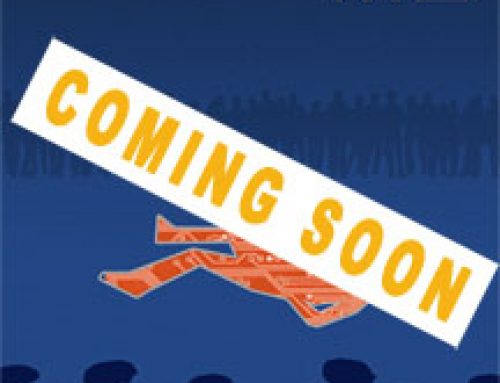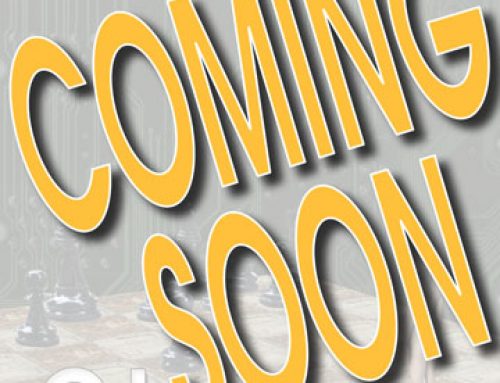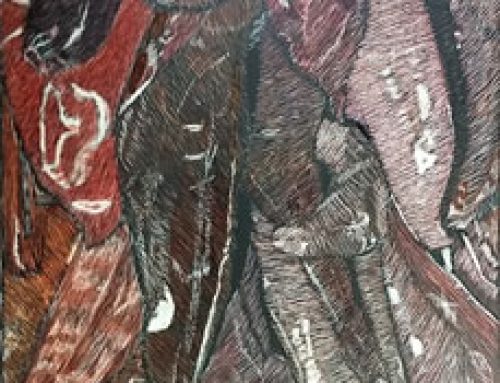![]() This week marks the 30-year anniversary of emoticons. Some purists hate them, but I think they’ve been a wonderful addition to our written language. Honestly, even a writer doesn’t always want to exert the effort to write and re-write a phrase so that it is clearly nuanced. If a :-) :-P or o_O will convey what needs to be conveyed clearly and succinctly, isn’t that really our goal?
This week marks the 30-year anniversary of emoticons. Some purists hate them, but I think they’ve been a wonderful addition to our written language. Honestly, even a writer doesn’t always want to exert the effort to write and re-write a phrase so that it is clearly nuanced. If a :-) :-P or o_O will convey what needs to be conveyed clearly and succinctly, isn’t that really our goal?
Emoticons inhabit that fractal space between alphabets and punctuation. While we’ve been well-served by alphas and puncts for quite some time (e.g. to differentiate “Ey was here.” from “Ey was here?” from “Ey was here!”), sometimes clarity and brevity were at odds to convey intent. Sarcasm has been especially slippery in this regard.
Many regard emoticons to be indicative of a slovenly, even illiterate, approach to writing — much as contractions are often derided. I like to give language a bit more of a break. I learned all the rules back when I was a youngling. I was also confounded at how teachers would be so rigid about the “rules” of English (actually, conventions) and then turn around and praise Shakespeare for his playful inventiveness. And then I learned the biggest rule of all: once you know all of the rules and have become fluent in them, then (and apparently only then) are you allowed to break them.
I’ve played with the language a lot. I was compelled by story to create an epicene neologism (genderless pronouns) which I’ve been trying to spread the word about so that others will start using them. I overuse ellipses just because they make me happy. I sometimes add commas where they don’t technically belong because it more accurately conveys my speaking cadence. And I use emoticons with nary a care because they allow me to spend more time and effort communicating (especially casually) instead of OCDing about it. If understanding is accurately exchanged, then it’s all good — mission accomplished.
To be fair, I’m also thinking about a subset of emoticons that are commonly used. After all, there are an insane number of creative folk around the world who are more than happy to take a string of characters and emoticonify them. Once these symbol-strings are explained, they usually make sense. Unfortunately, often their meaning isn’t immediately obvious without that explanation. It’s in this realm that emoticons fail at their basic communicative task.
Thirty years on, emoticons such as :-) (smile, happy, joke) :-D (grin, very happy, laughing) :-( (sad, disapprove, frown) <3 (love, affection) are understood by effectively everyone. When you get to the group which includes :-P (playful, sarcasm, blowing raspberry) :-| (stunned non-expression) :-/ (smirk) and o_O (surprise, shock), things get a bit more sketchy. Beyond this, the emoticons become increasingly like jargon, applicable to increasingly narrow demographic groups, the emoticonographically fluent, or just for fun.
If there hadn’t been a void, emoticons wouldn’t exist. That they become popular so quickly and have persisted beyond the age of a common fad may suggest that the public has spoken. Without an iron-fisted academy restricting the growth of language, when a niche needs filling, the void will eventually be filled. With the advent of increased keyboard communication in the Internet age, preventing the drawing of hearts, smiles and whatnot that weren’t uncommon with handwriting, an evolution was bound to happen. I, for one, am happy it did.
And now, a fun little vid I found on the Youtubes:





